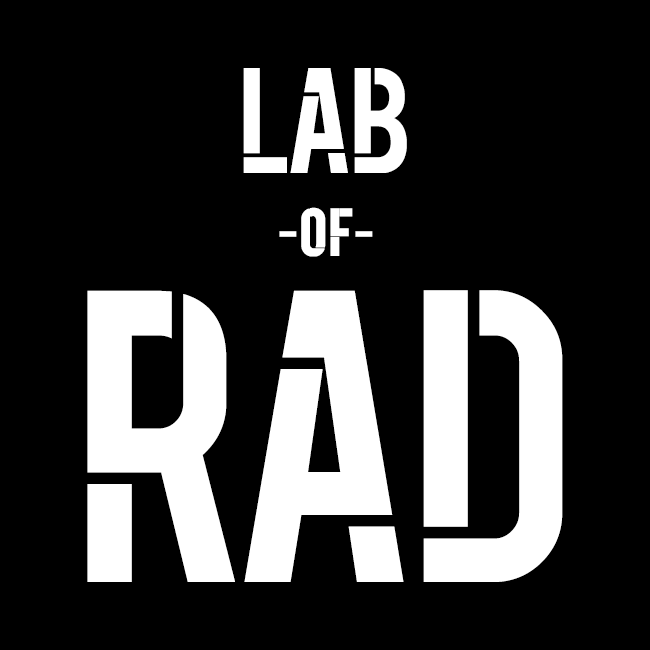NAD⁺
NAD⁺: The Master Molecule of Energy, Longevity, and Cellular Repair
What is NAD⁺?
NAD⁺ (Nicotinamide Adenine Dinucleotide) is a vital coenzyme found in every living cell. It plays a critical role in cellular energy production, DNA repair, metabolic function, and epigenetic regulation. As a redox cofactor, NAD⁺ facilitates the transfer of electrons in cellular respiration, directly fueling ATP synthesis—the energy currency of the body.
Beyond energy metabolism, NAD⁺ is the lifeblood of longevity science. It serves as a required substrate for sirtuins, PARPs, and other enzymes involved in DNA repair, cell survival, gene expression, and inflammation regulation. Low NAD⁺ levels are associated with aging, metabolic disorders, neurodegeneration, and chronic fatigue.
Key Insight: NAD⁺ levels decline significantly with age—by as much as 50% by age 50—reducing mitochondrial function, repair capacity, and resistance to cellular stress.
Core Functions of NAD⁺ in the Body
⚡ Energy Production
- Acts as a coenzyme in the electron transport chain
- Essential for the conversion of food into ATP in mitochondria
- Supports physical endurance, metabolic rate, and cellular function
🧬 DNA Repair and Cell Longevity
- Fuels PARP enzymes that repair DNA strand breaks
- Supports cellular senescence control and genome stability
🧠 Neuroprotection and Brain Function
- Enhances mitochondrial performance in neurons
- Improves cognitive function, memory, and stress resilience
- Reduces neuroinflammation and oxidative stress
🔬 Epigenetic Regulation and Anti-Aging
- Activates sirtuins (SIRT1–7), which regulate inflammation, metabolism, and aging
- Promotes autophagy, stem cell function, and circadian rhythm alignment
Reference: Verdin E. “NAD⁺ in aging, metabolism, and neurodegeneration.” Science. 2015;350(6265):1208–1213.
Why NAD⁺ Levels Decline
Aging, chronic inflammation, poor diet, excessive alcohol use, stress, and certain medications can accelerate NAD⁺ depletion. The consequence is slower metabolism, increased DNA damage, chronic fatigue, and diminished resilience to stress.
Symptoms associated with low NAD⁺ may include:
- Low energy or chronic fatigue
- Brain fog or memory decline
- Poor recovery from stress or exercise
- Immune dysfunction
- Premature signs of aging
Therapeutic and Functional Benefits of NAD⁺ Supplementation
🔋 Energy and Fatigue Recovery
- Restores mitochondrial output in low-energy states
- Improves exercise tolerance and endurance
🧠 Cognitive Clarity and Mood
- Supports neurotransmitter balance (dopamine, serotonin)
- Shown to improve attention, memory, and emotional regulation
⏳ Anti-Aging and Longevity
- Activates sirtuins and autophagy pathways
- May extend healthspan by improving cellular homeostasis
🧘 Stress Resilience and Detox
- Supports adrenal function and oxidative stress clearance
- May aid in recovery from addiction, burnout, and chronic illness
🧬 DNA Repair and Inflammation Control
- Enhances genomic stability in aging and disease states
- Modulates immune response and systemic inflammation
Reference: Rajman L, Chwalek K, Sinclair DA. “Therapeutic potential of NAD⁺-boosting molecules: the in vivo evidence.” Cell Metab. 2018;27(3):529–547.
Delivery Methods
| Form | Use Case | Bioavailability | Notes |
|---|---|---|---|
| IV Infusion | Deep cellular replenishment | Very high | Ideal for recovery, detox, and acute support |
| Subcutaneous (SC) Injection | Daily maintenance | High | Convenient, precise, well-tolerated |
| Oral Precursors (e.g., NR, NMN) | Long-term NAD⁺ support | Moderate | Slower elevation; requires conversion |
| Nasal Spray or Patches | Cognitive focus | Moderate to High | Targeted for brain effects or convenience |
SC injections of 50–100 mg daily are commonly used for mitochondrial and brain support protocols.
Safety and Side Effects
NAD⁺ is endogenously produced and well tolerated. Supplementation is considered safe across various delivery methods. Possible mild effects may include:
- Flushing or warmth (especially with IV use)
- Lightheadedness (rare)
- Temporary nausea (dose-dependent, IV only)
No toxicity or long-term adverse effects have been reported in human trials at physiologic doses.
Conclusion
NAD⁺ is foundational to human vitality. From powering mitochondria to repairing DNA and regulating genes linked to aging, this master molecule is central to optimal health and performance.
Whether you’re seeking better energy, sharper thinking, stress resilience, or age-defying cellular support, NAD⁺ therapy is a cornerstone of modern longevity science—trusted by top performers, physicians, and biohackers worldwide.
